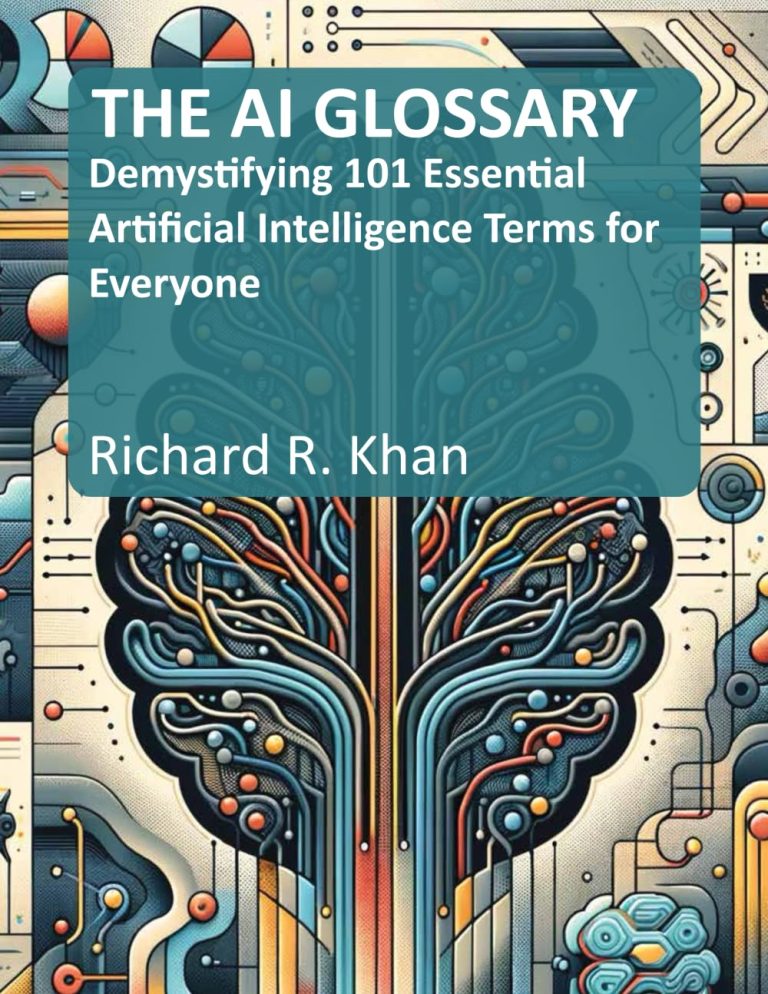
Now loading...
Microsoft has announced a significant advancement for artificial intelligence on its Windows 11 operating system, introducing Windows ML, a local AI inference runtime made generally available for developers. This innovation aims to leverage the distinct capabilities of cloud and client computing, bringing AI functionalities directly to user devices. By integrating advanced silicon technology and a modernized software framework, Windows 11 is positioned to become a versatile platform for AI applications.
First unveiled at the Build 2025 conference, Windows ML is specifically designed for on-device model inference, simplifying the management of model dependencies across various processing units, including CPUs, GPUs, and NPUs. The platform supports both real-time performance and enhanced security, enabling developers to create AI solutions that run efficiently on a wide array of Windows hardware.
Windows ML seamlessly integrates with the Open Neural Network Exchange (ONNX) runtime, allowing developers to work with existing models without extensive modifications. This enables them to efficiently deploy AI applications while minimizing the complexities associated with hardware management. The system automatically detects the user’s hardware and selects the optimal execution providers—facilitating a smoother user experience while reducing application size.
Collaboration with major silicon manufacturers like AMD, Intel, NVIDIA, and Qualcomm has been pivotal in maximizing Windows ML’s capabilities. Each of these partners has developed execution providers that enhance the performance of AI workloads, allowing developers to tap into the latest processing technologies. For instance, AMD has incorporated Windows ML into its Ryzen AI platform, while Intel’s collaboration focuses on the efficient deployment of AI models across its Core Ultra processors. NVIDIA’s TensorRT, optimized for its RTX GPUs, offers significant performance boosts for AI applications using Windows ML.
Leading software developers, including Adobe and McAfee, are already adopting Windows ML to integrate AI features into their applications. Adobe plans to enrich user experience in products like Premiere Pro and After Effects by using local AI processing for tasks such as semantic search and tagging. Other developers are using Windows ML to enhance security features and improve user interaction through advanced AI techniques.
The release also includes tools designed to simplify AI model deployment for developers. The AI Toolkit for Visual Studio Code provides a comprehensive environment for preparing and optimizing models, enabling a streamlined approach to incorporating AI functionalities into applications. Developers can also engage with custom AI models through the new AI Dev Gallery, which fosters experimentation and discovery in local AI scenarios.
With Windows ML now ready for production use, developers are encouraged to leverage this tool to unlock new levels of innovation in their applications. Microsoft foresees a transformative era in AI-powered software that enhances user experiences directly on Windows 11 devices, marking a new chapter in the evolution of intelligent applications.


